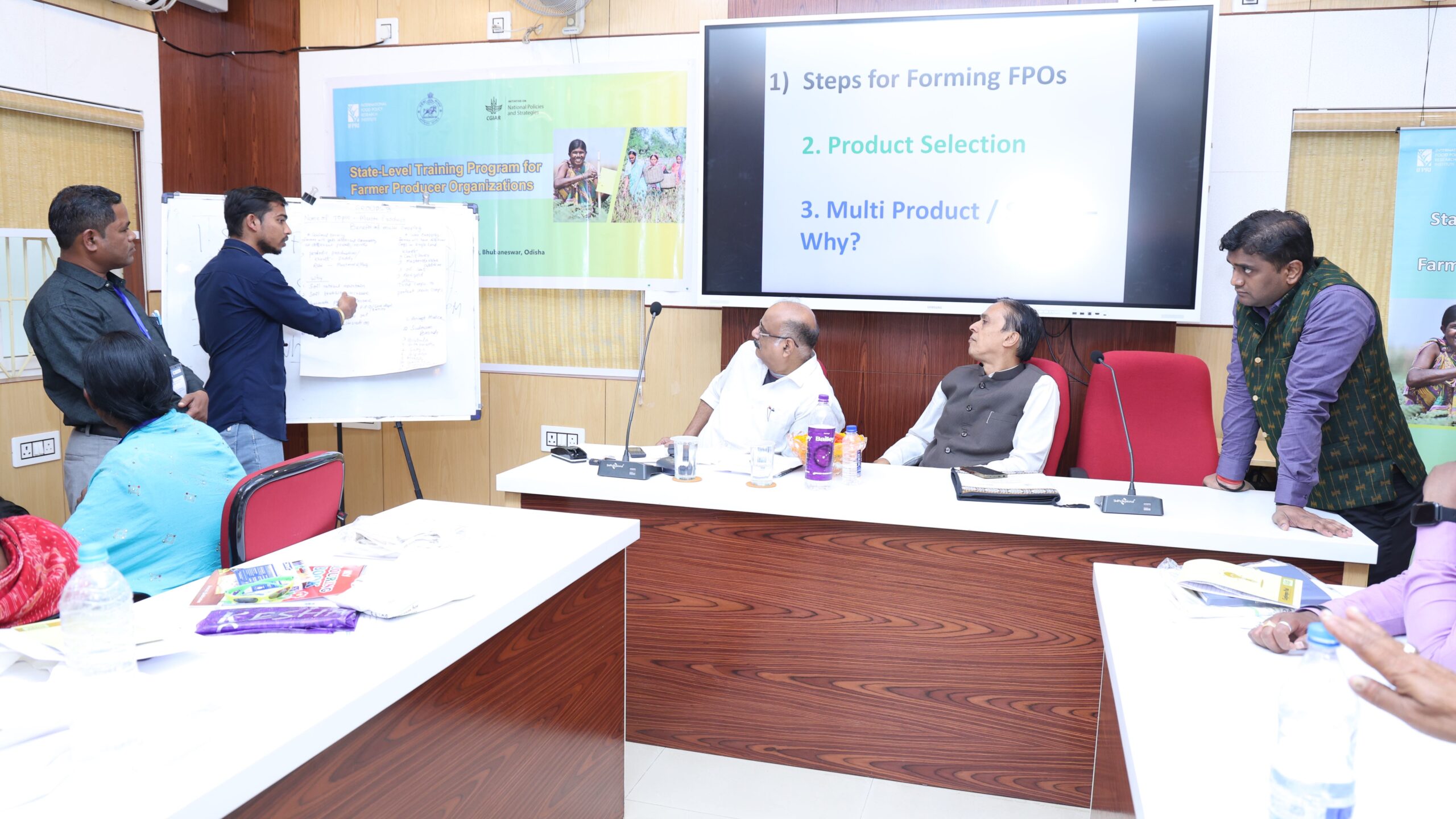Climate change could cause the production of irrigated and rainfed staple crops to drop by 25 percent compared to a no-climate change scenario in 2050 in the Asia Pacific region.IFPRI Senior Research Fellow Mark Rosegrant shared this and other findings at a conference in Sydney this week.
Speaking to the Australian Agricultural and Resource Economics Society, Rosegrant assessed the impacts of climate change on agricultural production, commodity prices, calorie availability, and child malnutrition in the region, illustrating two 2050 scenarios—one with climate change, one without.
The figures are daunting. According to Rosegrant, by 2050, irrigated rice production in Asia could fall by 20 percent and irrigated wheat as much as 25 percent. He predicts rain-fed maize and soybean production to also drop.
In the Pacific, the scenario is not much better: researchers project that traditional staple crops like taro, sweet potatoes, and cassava will suffer significant yield declines due to climate change.
All this will have a direct effect on nutrition. According to Rosegrant, 65 million children in Asia will be malnourished in 2050, even under current climate conditions. A climate change scenario increases that number by an additional 9 to 11 million children.
We can sidestep the worst scenarios, Rosegrant, says, through targeted, aggressive investment in agricultural research, rural roads, and irrigation. These would cut about three-quarters of the increase in childhood malnutrition due to climate change, he explained, but such investments hinge on regional cooperation on research. Nonagricultural investments for clean water and maternal education would further reduce child malnutrition.
In addition to these increased investments, Rosegrant’s other recommendations include establishing regional centers of excellence in the Pacific countries to link national and international research centers; forming integrated data management, monitoring, and evaluation systems for a wide range of market and climate information; opening the global agricultural trading regime to share risk and increase resilience; and revitalizing extension systems to include local participation and effectively coordinate public, private, and NGO providers.







